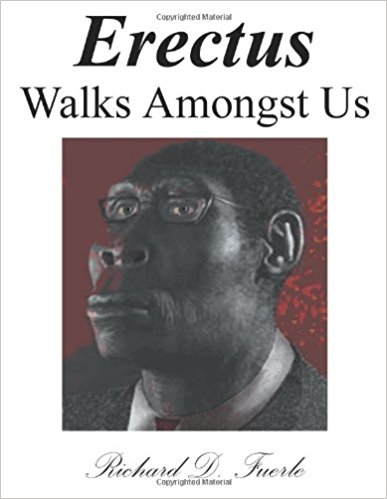Description
It is difficult to think of a recent book that has stirred as much controversy as The Bell Curve by Richard Herrnstein and Charles Murray. Indeed, the mere idea that one can measure intelligence sends many academics into fits. The notion that intellectual capacity may vary from individual to individual leaves them feeling faint, and the authors’ examination of IQ measurements among ethnic and race groups has led to near hysteria.
The authors explore a host of human endeavors and outcomes, and their link to intelligence. They look at educational attainment, occupations, economic success, poverty, unemployment, injuries, welfare dependency, families and parenting, crime, citizenship, and more. Their conclusion regarding most all of these areas is not exactly controversial: on average, smarter individuals perform better and go farther in life.
As noted, The Bell Curve ventures into much more controversial territory when discussing group differences in terms of intelligence measures. They conclude after lengthy analysis that “As far as anyone has been able to determine, IQ scores on a properly administered test mean about the same thing for all ethnic groups. A substantial difference in cognitive ability distributions separates whites from blacks, and a smaller one separates East Asians from whites.” The debate over this and related statements by Herrnstein and Murray will rage for years to come. Herrnstein and Murray make a key qualification most of their critics fail to comprehend, namely that regardless of IQ a “person should not be judged as a member of a group but as an individual.”






Reviews
There are no reviews yet.